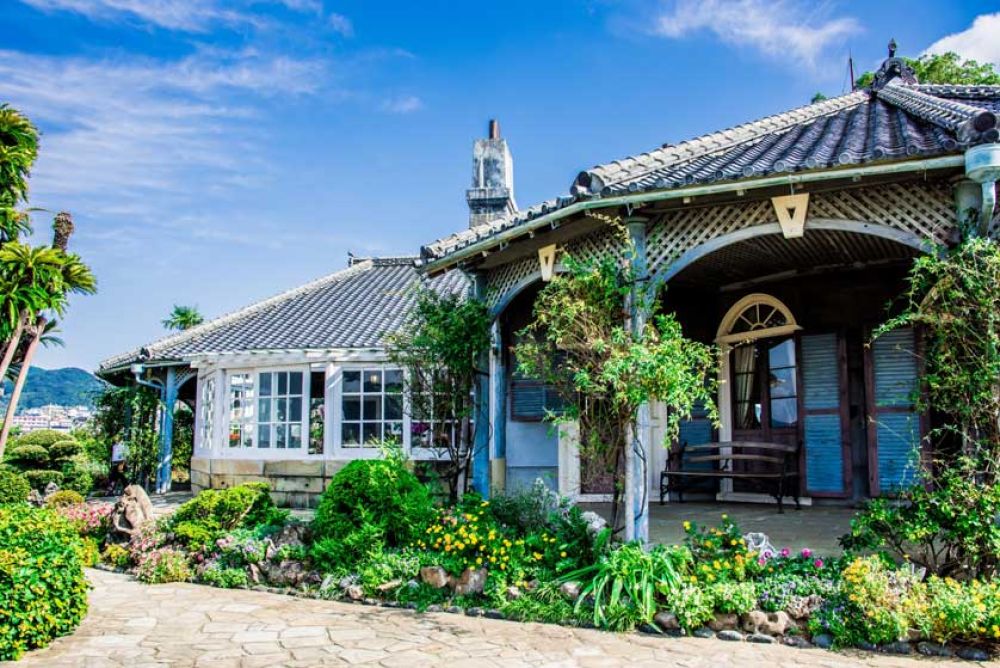

Glover Garden is an open-air museum in Nagasaki, Japan, that serves as a window into the history and cultural exchange between Japan and the Western world during the Meiji Restoration. Named after Thomas Blake Glover, a Scottish merchant who contributed to the modernization of Japan, the garden features a collection of historical homes belonging to European traders who settled in Nagasaki.
The history of Glover Garden as a tourism destination can be traced back to its establishment in 1976. The focus was to preserve the heritage buildings, including the oldest Western-style house surviving in Japan, which is also known as the Glover Residence. This house became a symbol of Nagasaki's international history and a testament to the Meiji era's industrialization efforts, leading the site to be designated as an Important Cultural Asset by the Japanese government.
Tourism in Glover Garden has seen a steady increase since its inauguration, particularly as Nagasaki became an integral part of Japanese history not only for its trade but also as one of the cities affected by the atomic bomb during World War II. Visitors to Nagasaki often include Glover Garden in their itineraries to understand the broader historical context of the area.
Glover Garden offers a panoramic view of Nagasaki harbor, which is a draw for both international and domestic tourists. While wandering through the garden, visitors are treated to a blend of Japanese and Western architectural styles from the Meiji period and can immerily see preserved buildings that once were the residences and offices of British and other European merchants. One of the standout structures is the former Mitsubishi 2nd Dock House, exemplifying the fusion of cultures.
In addition to the historical buildings, Glover Garden is well known for its beautiful seasonal flowers and plants that provide a serene environment for leisurely walks. The night view of the city from Glover Garden is another major attraction, often cited as one of the best night views in Japan, making it popular among photographers and romantics alike.
Recent tourism trends at Glover Garden have been shaped by the global and local response to the COVID-19 pandemic. There has been a shift toward promoting safe travel and implementing measures to ensure the health and safety of visitors. In terms of visitor demographics, while the international tourism market has seen a decline due to travel restrictions, domestic tourism has been leveraged to keep the attraction vibrant.
Trends also show an increase in experiential tourism, where visitors seek meaningful cultural exchanges and historical understanding rather than passively sightseeing. In keeping with this, Glover Garden provides informative displays and guided tours to immerse visitors in the rich history of Nagasaki's international trade and cultural fusion during the Meiji period.
The global significance of Glover Garden is acknowledged by its inclusion as part of the Sites of Japan's Meiji Industrial Revolution on the UNESCO World Heritage list. This emphasizes its importance not just for Nagasaki or Japan, but as a piece of the shared heritage of humanity showcasing industrial development and cultural exchange.
As travel norms continue to evolve, Glover Garden remains a vital piece of Nagasaki's tourism offer, reflecting the enduring allure of its historical and cultural landscape. Its fusion of Meiji era Western and Japanese designs, garden aesthetics, and the remarkable stories encapsulated within its grounds continue to captivate visitors from around the world.